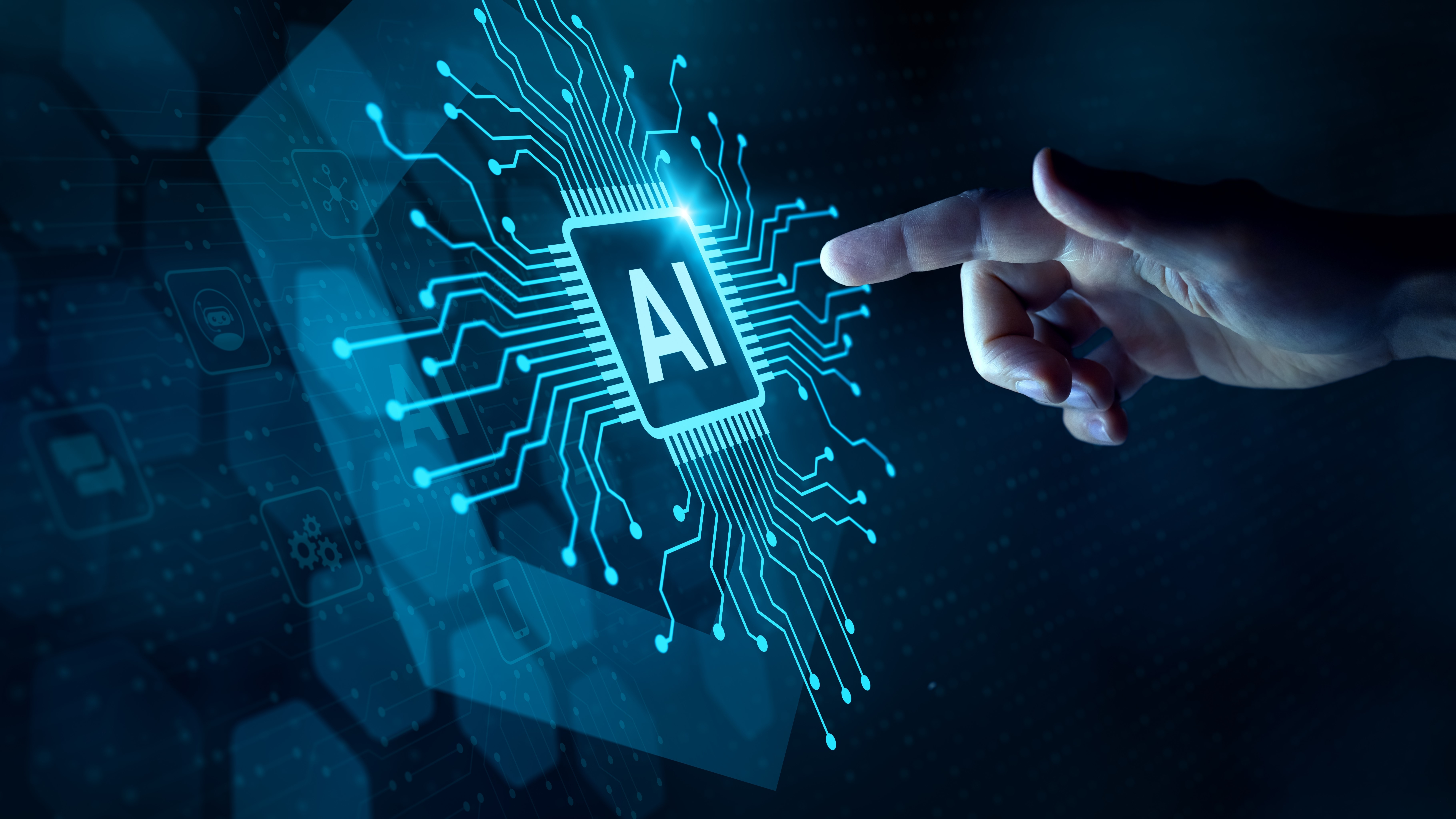AI is no silver bullet for workforce transformation without planning
AI drives innovation but risk failure without strategic planning

As businesses tackle the complexities of a transformative technological landscape, changing workforce dynamics and the challenges of organizational design under such conditions have become focal points.
Artificial intelligence (AI) is rewriting how business is done and businesses are pressing ahead with technology investment, despite being unclear on the business impact. Orgvue’s research shows that 82% of organizations have already invested in AI and 33% are planning to increase their investment by more than 50% in the coming year.
This situation is largely driven by a fear of missing out, as companies jostle to be seen as innovative and competitive. However, this rush to adopt AI can lead to many pitfalls, particularly when investments are made without a full understanding of how to deploy the technology effectively.
How to Create Remote Work Accountability that Exceeds In-Person Visibility
Considering Mandating Employees Return to the Office? Here’s Why Staying Remote Can Be Your Tactical Advantage.
How will AI fit into the organization and its workforce?
AI's role in an organisation extends beyond automation. When deployed well, it can redefine job roles, streamline processes, and enhance decision making. To capture AI’s full potential, organizations should first undertake a thorough mapping and re-engineering of their business processes to accommodate the new technology.
By identifying tasks that are suited to automation and matching specific technologies that can fulfil them, businesses can avoid misplaced deployments that underperform or that are error prone.
To bring this to life, our research indicates that while 69% of organizations are confident AI will be embedded in core business operations by 2025, 39% admit they lack the organizational expertise to achieve this.
Furthermore, employee skepticism (36%) and a lack of regulation (33%) also stand in the way of effective AI adoption. Instead, a clear, data-driven approach is needed to distinguish genuine AI capabilities from conventional tools dressed up as AI.
Are you a pro? Subscribe to our newsletter
Sign up to the TechRadar Pro newsletter to get all the top news, opinion, features and guidance your business needs to succeed!
CEO at Orgvue.
Getting strategic AI deployment right
The cornerstone of successful AI deployment lies in strategic planning and data-driven decision making. Organizations are better off adopting a 360 degree view that takes into account not just the immediate benefits of AI but also the long-term impact on workforce dynamics and organizational structure.
Organizations that excel in workforce transformation are those that continuously review and adjust their business strategy based on data and insights. By doing so, they can anticipate challenges, mitigate risks, and unlock new opportunities for growth and innovation.
AI washing and the fear of missing out
The practice of overstating the capabilities of AI technologies, known as 'AI washing', is usually driven by an organization’s fear of falling behind its competitors. Investment encouraged by AI washing can lead to the adoption of inadequate or misplaced solutions, which will ultimately hold back workforce transformation. Businesses caught in this cycle are likely to see a low return on their investment, wasted resources, and loss of opportunities for innovation.
Fear-driven decision making fosters a culture of reactivity rather than strategic proactivity. Such an approach will eventually stifle innovation and lead to organizational fatigue, as employees struggle to keep up with the constant changes brought about by poorly understood technology deployments.
To avoid this, businesses should prioritize organizational design to fully understand how to apply AI technologies appropriately. A simple process such as the following can help:
Analyze: gather, synthesize and examine data on your current workforce and organizational structure. Look at tasks and activities in detail to find automation hotspots based on the work.
Design: Model different organizational scenarios and test designs.
Plan: Apply data insights to your workforce plan to align with business goals, identifying gaps between workforce supply and demand.
Monitor: Continuously track organizational performance, repeat steps 1 to 3, and make adjustments as needed.
Understand your workforce to maximize investments in AI
A good starting point for any organization looking to deploy AI at scale is to understand workforce demand and supply in detail, and use this insight to see where AI can close gaps and automate low-value work.
This will be a more complex journey than many businesses realize, but a data-driven approach, underpinned by good planning, will enable more informed decision-making for faster deployment with higher return on investment.
We've featured the best small business software.
This article was produced as part of TechRadarPro's Expert Insights channel where we feature the best and brightest minds in the technology industry today. The views expressed here are those of the author and are not necessarily those of TechRadarPro or Future plc. If you are interested in contributing find out more here: https://www.techradar.com/news/submit-your-story-to-techradar-pro
Oliver Shaw is CEO at Orgvue.
